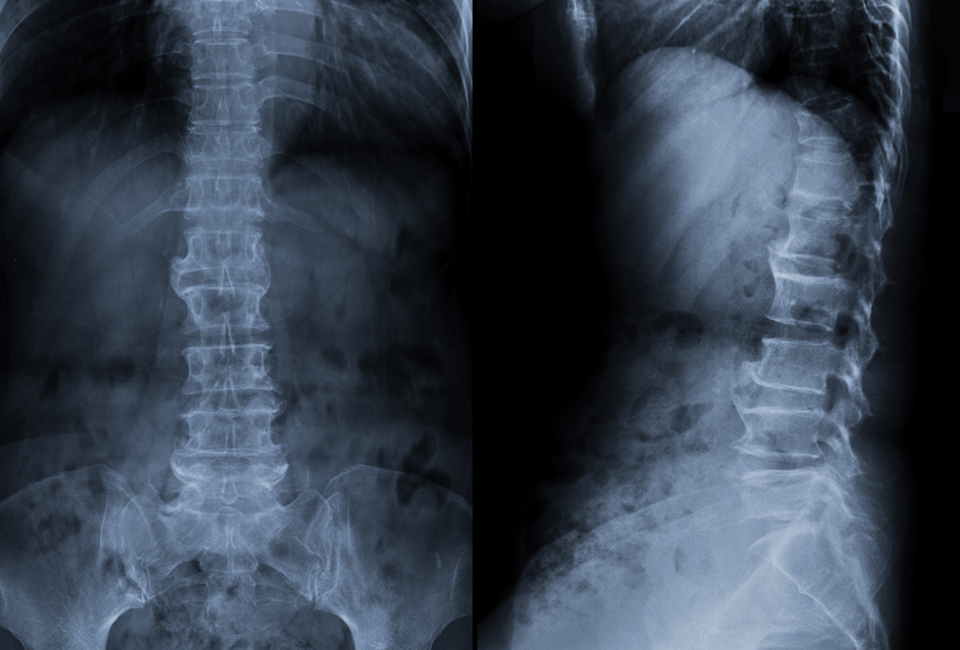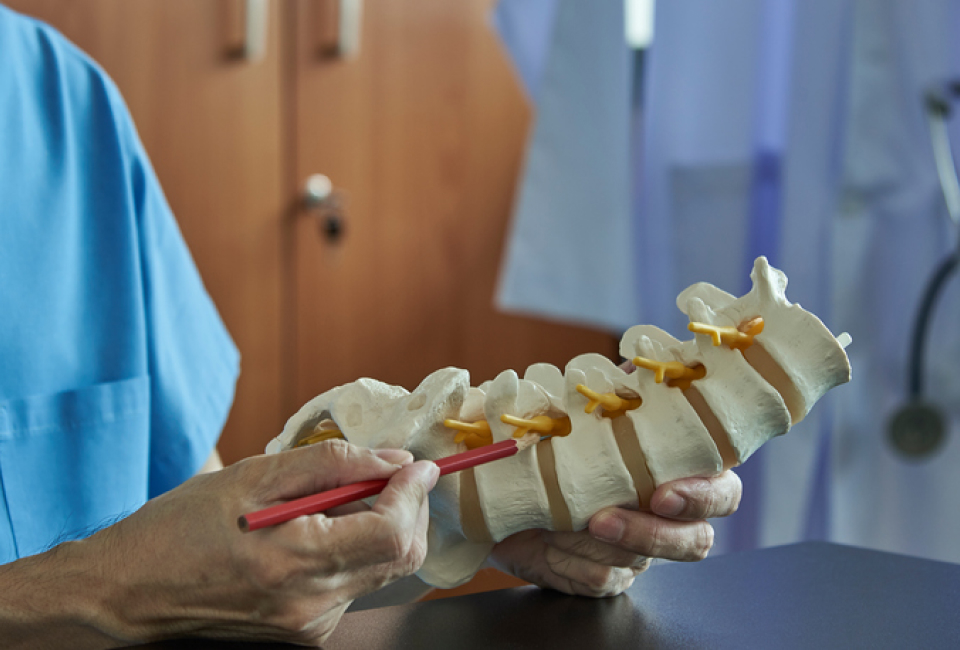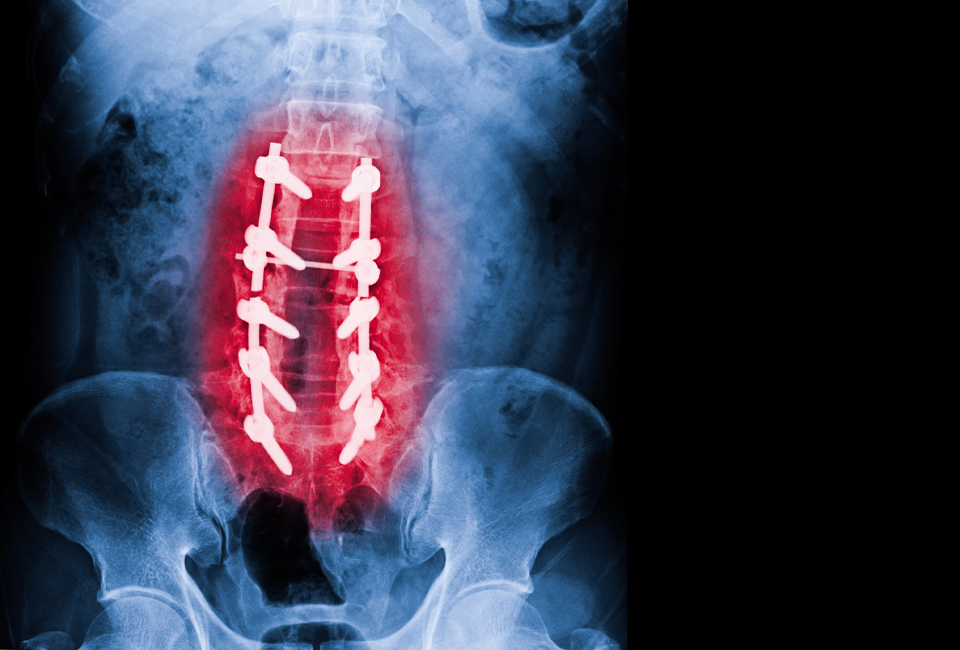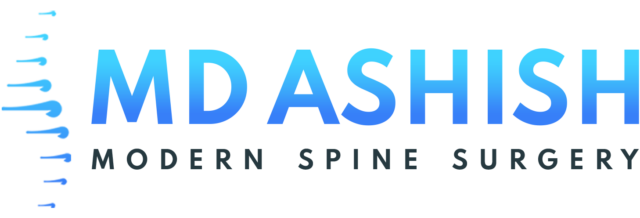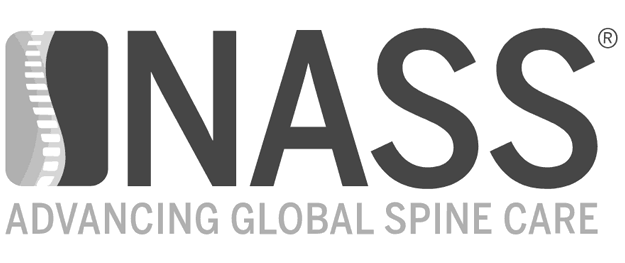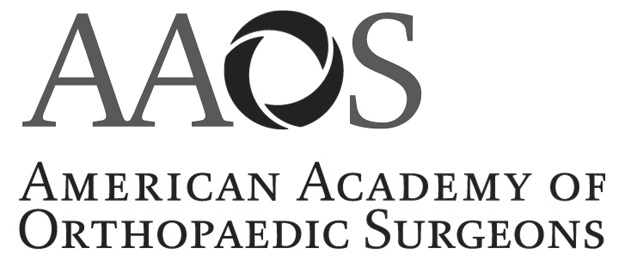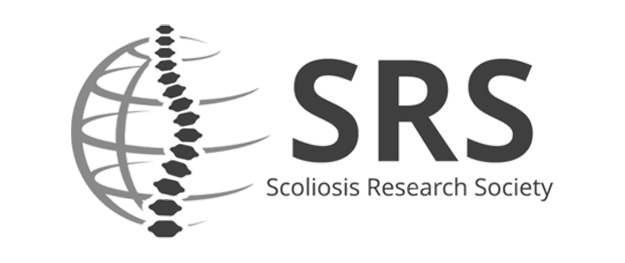CONDITIONS EXPLAINEDPars Fracture
CONDITIONS EXPLAINEDPars Fracture
A Pars Fracture is a breakage of the pars articularis, a bony point of contact between two adjacent vertebrae. Vertebrae make primary contact through the intervertebral discs that act as shock absorbers on the spine. The facet joints of which the pars articularis is part protect the spine from the shearing forces to which the discs are susceptible. When the pars articularis is damaged from excessive or repetitive stress, it may fracture and result in a loss of support for superior vertebrae. This commonly manifests with spondylolisthesis, in which the upper vertebra slips horizontally over the supporting one.
Fracture of the pars articularis occurs most commonly in the lumbar region, and especially in athletes who experience regular stresses on the vertebral column, such as gymnasts. In less severe cases, only a crack in the pars will occur, causing pain which may radiate to the extremities, but not yet leading to degeneration of spinal structure. Other common symptoms include numbness or tingling in the back, muscle spasms, and headache. Usually, medication and rest are all that are required for recovery from a pars fracture.
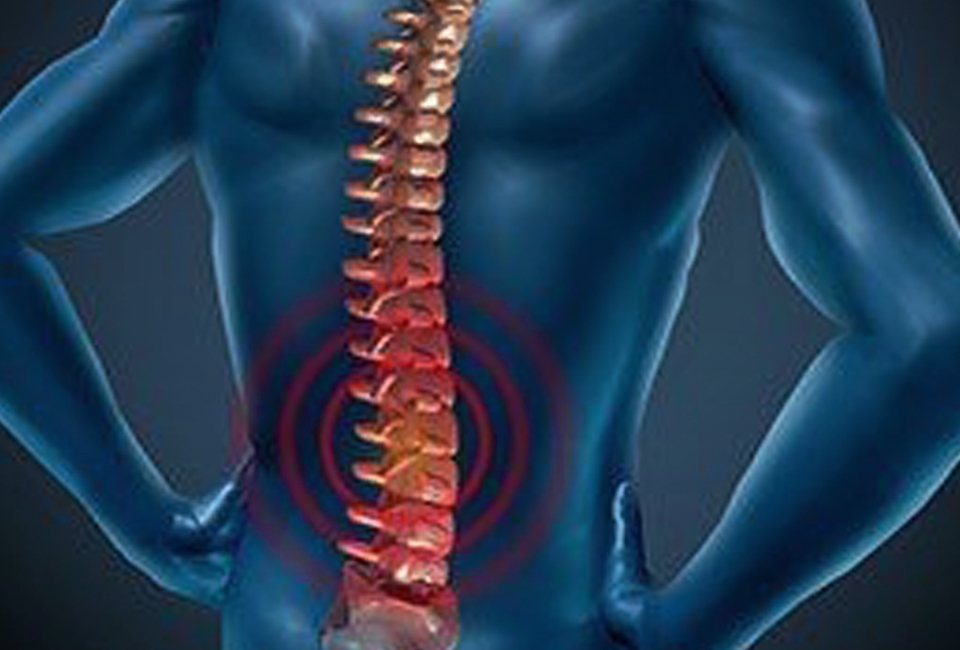
A Pars Fracture is a breakage of the pars articularis, a bony point of contact between two adjacent vertebrae. Vertebrae make primary contact through the intervertebral discs that act as shock absorbers on the spine. The facet joints of which the pars articularis is part protect the spine from the shearing forces to which the discs are susceptible. When the pars articularis is damaged from excessive or repetitive stress, it may fracture and result in a loss of support for superior vertebrae. This commonly manifests with spondylolisthesis, in which the upper vertebra slips horizontally over the supporting one.
Fracture of the pars articularis occurs most commonly in the lumbar region, and especially in athletes who experience regular stresses on the vertebral column, such as gymnasts. In less severe cases, only a crack in the pars will occur, causing pain which may radiate to the extremities, but not yet leading to degeneration of spinal structure. Other common symptoms include numbness or tingling in the back, muscle spasms, and headache. Usually, medication and rest are all that are required for recovery from a pars fracture.

Experiencing Symptoms of Pars Fracture?
Detection & Diagnosis
Detection of a pars fracture is a straightforward process involving several diagnositc procedures:


